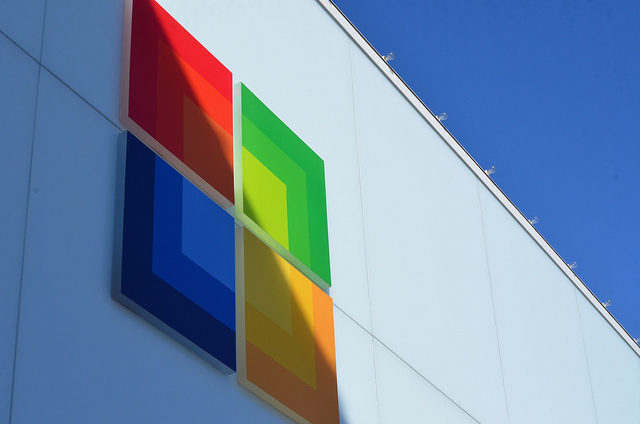 CLOUD
CLOUD
 CLOUD
CLOUD
 CLOUD
CLOUD
Microsoft Corp. today announced the general availability of a new computing instance family for Azure that is optimized for databases, Hadoop clusters and other analytics workloads.
One of the features that sets the Lsv2 series apart from the other compute options in Microsoft’s cloud is the underlying silicon. The company has opted against powering the instances with Intel Corp.’s market-leading Xeon central processing units. Instead, it opted to use chips from rival Advanced Micro Devices Inc.’s Epyc lineup.
Recent additions to the Epyc family have helped AMD make notable inroads into the Intel-dominated data center CPU market. The company’s stock jumped 4 percent in November when Amazon Web Services Inc., Microsoft’s biggest cloud rival, announced that it will use AMD CPUs to power two instance families.
One of those families, the R5a, targets databases much like the new Lsv2 machines in Azure. But where R5a’s standout feature is that it provides large amounts of memory, the Lsv2 prioritizes supporting a high volume of input/output operations. This is a core requirement for applications such as Hadoop that shuffle a lot of data to and from storage during processing.
The instances come in five sizes with eight to 80 virtual CPUs. They provide support for between 340,000 and 3,400,000 input/output operations per second with up 19 terabytes of flash for storing data. As for memory, a single machine may be provisioned with 64 to 640 gibibytes of RAM (a gibibyte is an alternate measure of memory storage size that equals 1.074 gigabytes.)
Under the hood, all five Lsv2 instances use AMD’s Epyc 7551 CPU. The chip features 32 processing cores with a base clock speed of 2GHz that are capable of supporting a combined 62 threats. The clock speed can go up to a maximum of 2.55GHz when all cores are running and 3Ghz in single-core mode.
“The Lsv2-series is well suited for your high throughput and high IOPS workloads including big data applications, SQL and NoSQL databases, data warehousing, and large transactional databases,” Joel Pelley, a principal program manager for the Azure Virtual Machines team, wrote in a blog post. “Examples include Cassandra, MongoDB, Cloudera, and Redis. In general, applications that can benefit from large in-memory databases are a good fit for these VMs.”
Support our mission to keep content open and free by engaging with theCUBE community. Join theCUBE’s Alumni Trust Network, where technology leaders connect, share intelligence and create opportunities.
Founded by tech visionaries John Furrier and Dave Vellante, SiliconANGLE Media has built a dynamic ecosystem of industry-leading digital media brands that reach 15+ million elite tech professionals. Our new proprietary theCUBE AI Video Cloud is breaking ground in audience interaction, leveraging theCUBEai.com neural network to help technology companies make data-driven decisions and stay at the forefront of industry conversations.